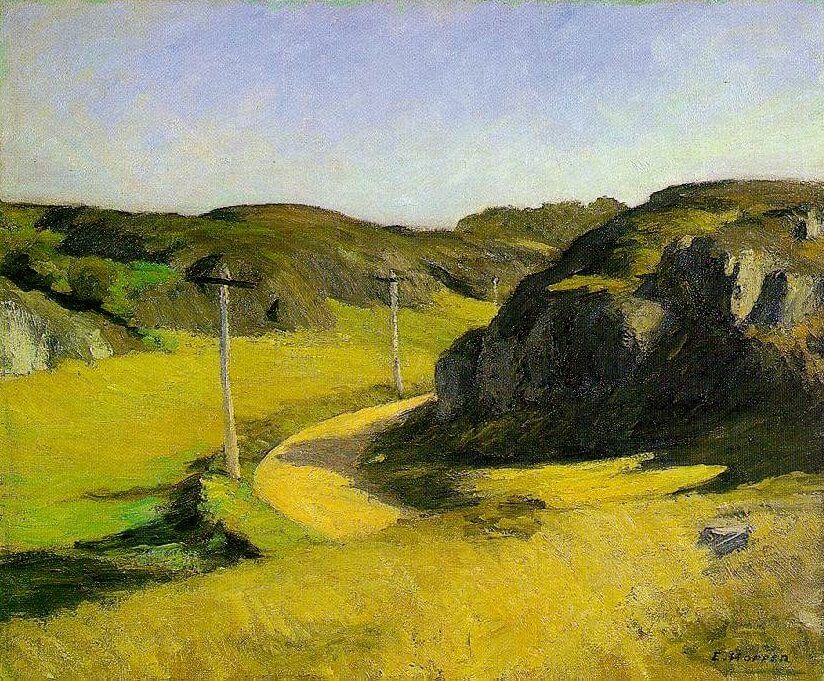A little restraint can be such an expanding experience. View the study sheet here. Watch the recording here.

Labor Day has traditionally marked the beginning of the political campaign season. Candidates kick their run for office into higher gear. The news is already filled with reports about polling results for one campaign or another. Some use the term “blowout” in discussing various outcomes, while others identify some candidates as ahead of their opponents by “double digits.” These can send all kinds of messages to voters, candidates, and donors. Good campaign managers will tell their candidates to run, regardless of those reports, as if from behind.
Good coaches and generals will convey similar messages to their athletes and troops: Don’t get overconfident; don’t underestimate your opponent. To proclaim victory prematurely can undermine the discipline necessary for true triumph. Remember the hare and the tortoise?
The closing portions of the Torah are filled with a similar lesson. In the Book of Deuteronomy the Israelites are but steps away from their entry into the promised land. At the precipice of their dream fulfillment, Parshat Shoftim contains as clear a statement about certain victory as one could imagine: “Don’t fear, panic or be in dread of your enemy. For it is the Lord your God who marches with you, to bring you victory.”
Yet, rather than promote among the Israelites a sense of triumphalism, that very same portion conveys a series of instructions designed to teach the importance of self-limitation, humility and restraint. Justice must be pursued rigorously, without fear or favor or prejudice. Multiple witnesses are required in order to find someone guilty. Create a system that restrains someone from killing another in the heat of vengeance. Do not cut down fruit-bearing trees even if you need the wood for siegeworks when at war with a city. Kings are limited in the wealth they may acquire, and they are to study Torah so that they learn not to consider themselves better than others.
On the verge of certain victory, Torah teaches the Israelites that true triumph results from a restraint of one’s urges and a humility of one’s spirit.
Edward Hopper arrived in Paris, then the art center of the Western world, in 1906. A year later in Paris Picasso upended the art world with his Cubist painting Les Demoiselles d’Avignon. Yet, Hopper maintained that when he was in Paris he had never even heard of Picasso. He and Picasso saw and occupied the world differently. Picasso thrived in Bohemian flamboyance and painted the multi-dimensional planes of reality. Hopper was by nature introspective, shy, secretive, and conservative. He painted the flat planes of silence, vacancy, and stillness.
Many people are familiar with Hopper’s urban paintings, such as Nighthawks. In them people often see the subjects as enveloped by isolation, alienation even. But his landscapes teach us that what perhaps inspired Hopper most was something else: a sense of restraint.
Consider his painting Road in Maine. The sky has color in it, but it is faint. There is no overly bright blue there to grab our attention. The sky is a subordinate element. He wants us to look at the ground, the ground which consists of wheat-colored grasses. No brassiness there screaming its presence. There is hardly any change in color. What differentiation there is results not from within the grass but from shadows cast over them. The hillsides in the background form almost an undifferentiated line. He achieves that by toning down the contrasts within the center of each hill. Too many landscape painters would have succumbed to the hubris of dramatizing nature. Hopper conveys profundity through quiet and stillness and restraint.
Within a half-century, Hopper’s message about stillness, silence and restraint was displaced by the works of Abstract Expressionists. Artists such as Willem de Kooning and Jackson Pollock created monumentally scaled works, muscular pieces that demanded attention to their presence. They were works that trumpeted the ascendancy of a new center of art in the world: post-World War II America.
In a world where victory is measured by the crushing defeat of one’s opponents, where arguments are won by the loudest voices, where leadership is defined by dominance and power rather than by service, it is good to gaze upon Hopper’s paintings and reflect on his message to us: A little restraint can be such an expanding experience.
Join us here at 7:00 p.m. (PDT) Thursday September 1 as we explore the art of restraint.








